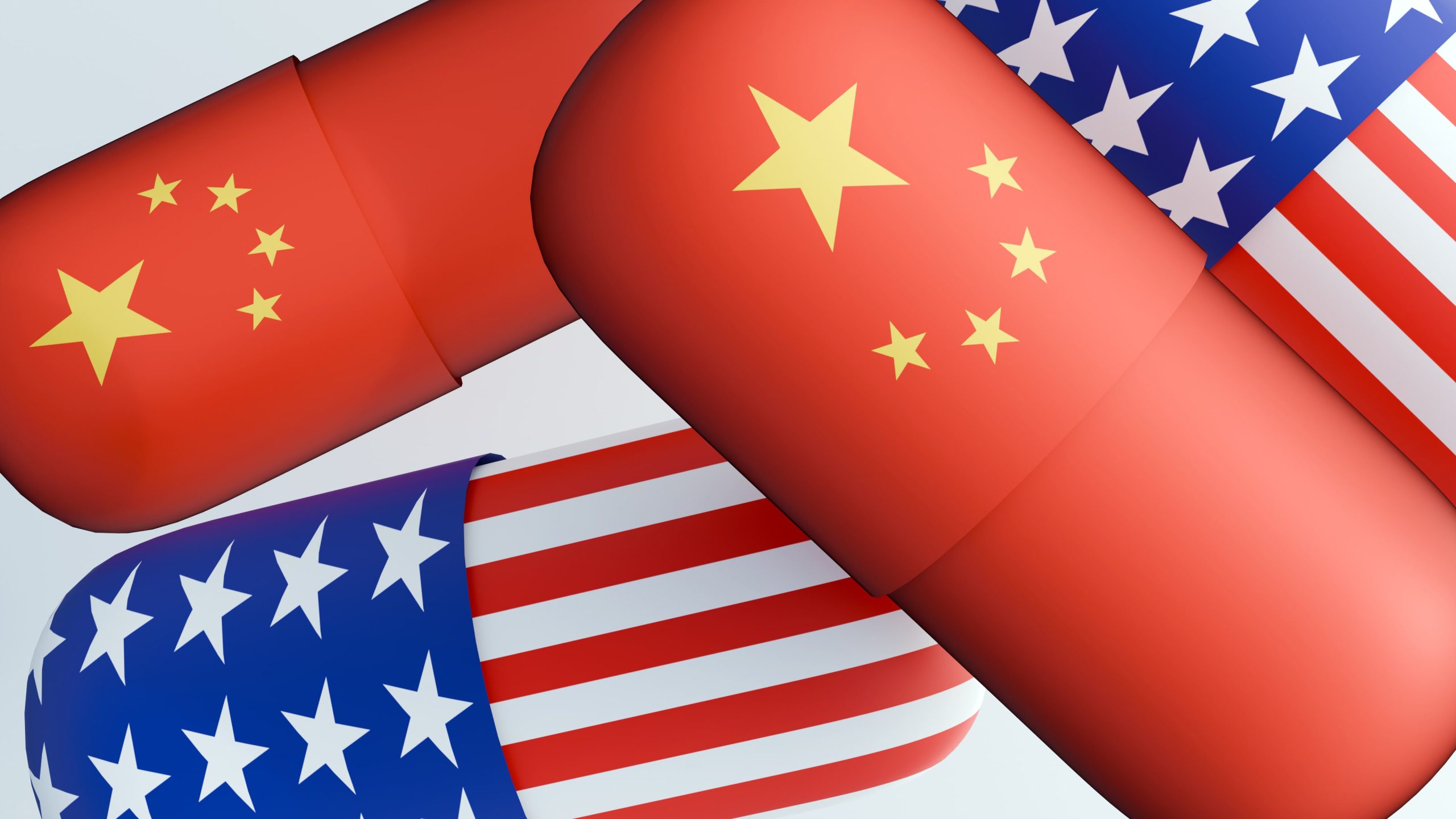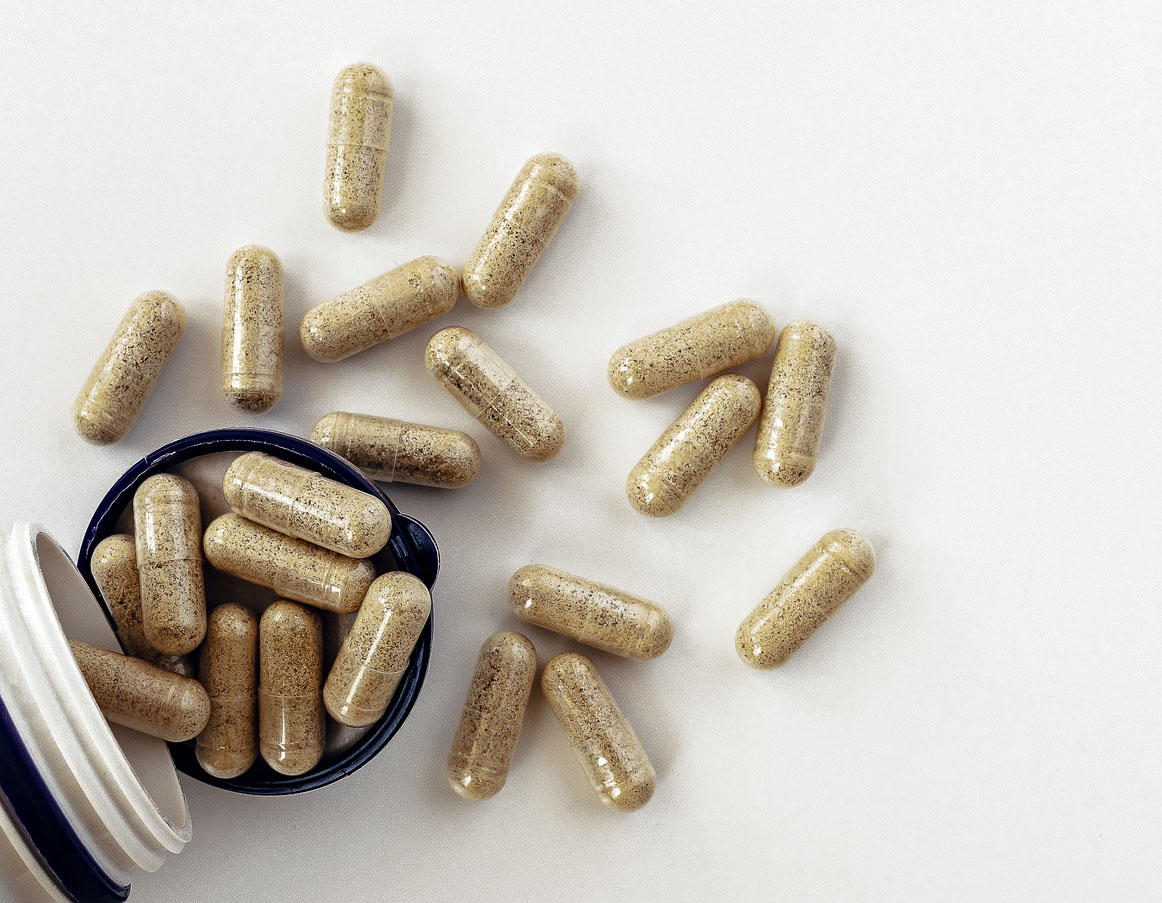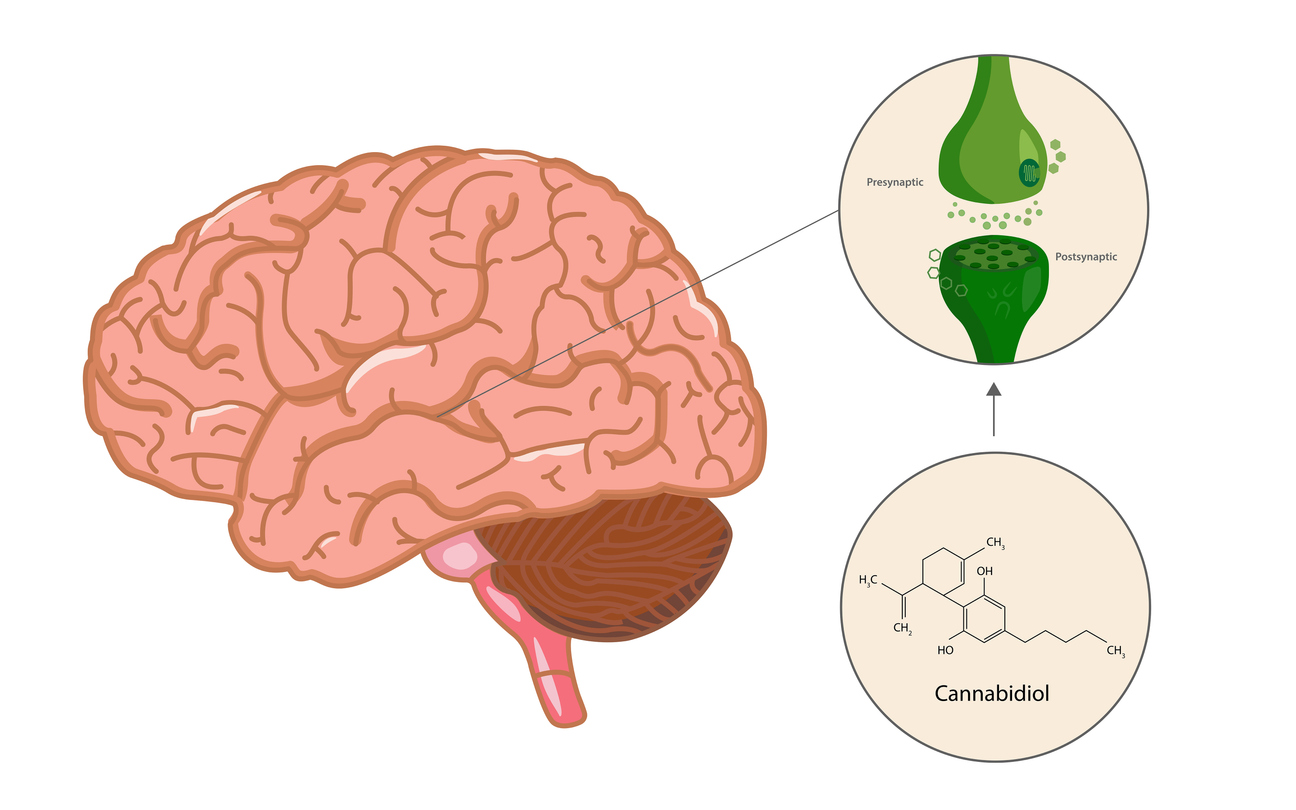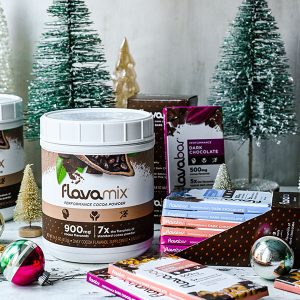It’s an all-hands-on-deck moment for the supplement industry, as manufacturers brace for the impact of steep tariffs enacted by the Trump administration.
What will this mean for consumers? Will prices, choices, quality, and availability be impacted?
As much as 75–80% of raw material used in nutraceuticals in North America, Europe, and Asia-Pacific markets is sourced from China.
94% of our vitamin B6, 91% of our vitamin C and more than 78% of allour vitamins are sourced from China. Their vast manufacturing capabilities, nurtured by lavish protectionist subsidies, has led to their domination of global production of key vitamins (B1, B3, Biotin, B12, D3 and K).
When it comes to amino acids, China accounts for over 62% of manufacturing, controlling 77% of lysine, 91% of threonine, 84% of valine and 27% of methionine. Carnitine and creatine may also be hard hit.
China, Vietnam and Japan—all subject to high tariffs—are the largest U.S. suppliers of mushroom supplements, including Reishi, Lion’s Mane, and Cordyceps.
India, too—just hit with a 26% import tariff— is a big exporter to the U.S. of botanical raw materials, with turmeric (curcumin), EGCG, amla, ashwagandha, essential oils, spirulina, bacopa, gotu kola, and ginger among the most important.
An op-ed by the American Food Industry Association warned last April—well before Donald Trump’s presidency was contemplated—that the U.S. must invest in domestic vitamin production to avoid dependence on China. They proposed the establishment of an interagency task force “to assess the vitamin supply chain and to formulate long-term strategies.” Seems their warning went unheeded.
It’s not just human nutrition that’s at risk; vitamins, minerals, and amino acids play a crucial role in boosting the quality of animal feeds in agriculture and the pet industry. Just as with steel, aluminum, chips, raw materials for electronic components and EV batteries, and pharmaceuticals, dependence on China is a national security issue.
The tariffs are so steep, retaliatory actions so unpredictable, and prospects for negotiated workarounds so uncertain that the impacts on the supplement industry are hard to assess. One trade publicationwrites:
“ Stakeholders in the dietary supplement industry are scrambling to assess the impacts of the tariffs. . . Industry executives are still assessing how that will affect the industry in the long term . . . but the impacts will be big and bad.”
An industry insider (who chooses to remain anonymous) who I interviewed for this article reassured me:
“The industry has apparently successfully lobbied for exclusion of some key essential nutrients from the tariffs, which will protect both manufacturers and consumers. These include the so-called letter vitamins like vitamin A, most minerals, and amino acids.”
Nevertheless, he warns:
“But many foods and botanicals do not have exclusions, nor do fish oils. So, the tariffs will significantly increase the cost and simultaneously increase the risk of substandard and adulterated materials coming to market. Manufacturers with competent laboratories will be able to avoid these substandard materials, but it might increase timeframes and out-of-stocks along with the costs. Small manufacturers who outsource all of their testing might not have adequate safeguards built into their specifications and testing.”
Also, supply chain problems, only just recovering after COVID disruptions in production and shipping, may return:
“The recent supply chain problems are likely to resurface under the strain of tariffs, so price increases and ingredient shortages are quite likely to occur in the near-term.”
To offset these challenges, companies may choose not to eat increased costs and will raise prices for their products. Most experts predict consumers will feel the pinch.
Smaller companies may not withstand the crunch with margins squeezed and consumer demand constrained by price hikes. There may be consolidation as they accede to takeover offers.
Another supplement businessman I talked to predicted:
“Supplements are a discretionary purchase; people only have so much disposable income so they are only going to be able to buy 70% of what they used to with the same dollar. Also, many supplement users are retirees, and when they look at their shrinking 401k balances it may have a psychological impact on them, causing them to rein in their buying of perceived non-essentials.”
There’s also the prospect of retaliatory tariffs levied by countries in which the U.S. does international business. Despite our dependence on raw materials from other countries, we remain the world’s leading exporter of finished supplement products, which enjoy a strong reputation overseas. Barriers to foreign markets would hamstring U.S. supplement companies that have international exposure.
Conversely, tariffs will hurt China inordinately. In China, the revenue generated in the vitamins and minerals market was projected to amount to $5.83 billion in 2025 with an annual growth rate of 8.21%. The new tariffs are likely to cripple that sector since the U.S. is their biggest market, far exceeding Chinese consumer uptake.
The ultimate goal of tariffs—aside from their leverage in trade negotiations—is said to be to fortify our domestic production. But manufacturing vitamins, minerals and nutraceuticals stateside will require expensive new infrastructure, and considerable lead time for building manufacturing facilities. If the economy slows, capital for creating new factories may not be so readily available—especially if uncertainty remains about a snap-back of tariffs and a resumption of barrier-free international trade. It’s also likely that domestic production, should it arise, will be more costly due to increased U.S. labor costs, among the highest in the world—a price we may need to shoulder for long-term supply chain security.
Additionally, some botanical products may be uniquely suited to cultivation in their native tropical climates. Even if we were to invigorate widespread wild-crafting of medicinal plants in our homeland, it’s not entirely certain that they’d be bio-equivalent to foreign offerings distinctive to their regions of origin. There’s a reason we don’t grow our own coffee and cocoa in the Carolinas!
Maybe new regional alliances with friendly cultivators in Central and South America or the Caribbean can be forged?
As a countervailing force, don’t discount the favorable impact of the MAHA allies now seeded within the Trump administration and in Congress; they are likely to facilitate generous carve-outs to ensure the viability of an industry that’s integral to the goal of providing natural solutions to America’s chronic disease epidemics. Also, under RFK Jr. regulatory pressures on the supplement industry may be eased, creating new market opportunities.
In the short term, it’ll be a bumpy ride for manufacturers and consumers alike, but ultimately tariffs may deliver a shock to an already unsustainable system, likely to result in a stronger, diversified and more resilient supplement sector. Wasn’t it the Chinese who originated the ironic salutation: “May you live in interesting times!”?







